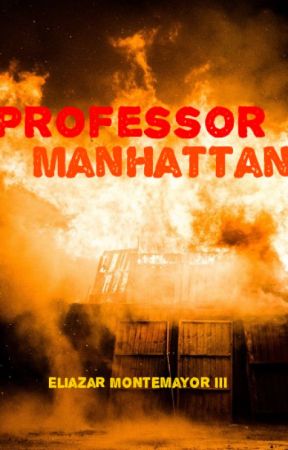Somewhere north of Santa Fe, New Mexico; sometime during the early phases of the Manhattan Project; thousands of scientists shuffled all around the Los Alamos National Laboratory. All around it is the vast emptiness of the desert; dry cracked sand, and prickly artichoke cacti.
A low, constant whir filled the whitewashed room. It was large enough to fit at most a thousand scientists standing side by side with a bit of elbow space, and was only one of the rooms in the Chemistry and Metallurgy section. Keyboards clacking noisily, soft murmurs, and the occasional beep of monitors. Desks and consoles littered the room, and sprawled up on the starboard wall was a massive whiteboard being attacked by deft fingers; writing and erasing, writing and erasing. One of the very many chemists present was a certain Joseph W. Kennedy, one of the co-founders of a certain element called plutonium. At 26, Kennedy is the Chemistry and Metallurgy Division Leader of the Los Alamos National Laboratory.
The young chemist was discussing notes on incoherent gibberish about isotopes and atomic compositions with another of plutonium's founders, Arthur C. Wahl. They're comparing their own notes about the element called plutonium.
All about people were chattering endlessly:
"If we just boil Pu to 3228°C, or 5842°F..."
"Doesn't it melt at a temperature of 639.4°C, or 1182.9°F?"
"The metal is brittle. It only becomes ductile when alloyed. I know; I'm smarter than you."
"It doesn't conduct electricity that well, though."
"Don't open the petri dish. That little smear of plutonium is highly toxic, and very reactive."
"It's warm to the touch."
Behind the chemist Kennedy, right in the midst of the room, is a massive, metal contraption. Lasers probed at a spinning petri dish in the center of said contraption. In said petri dish is a gram of plutonium, perfectly placed so that every blast of light hits it with amazing accuracy.
"Time for lunch!" a disgruntled voice shouted from outside the room.
Grunting, Kennedy pushed himself out of his rickety, dilapidating desk and swaggered out of the room. Others followed him out, shoving and pushing. All but one. The last one, Arthur Wahl. After ensuring that he was alone, Arthur locked the metal door and hermetically sealed the room. Then, he broke open a locked glass cabinet and pulled out several vials of silvery gray powder and a cylinder of gas. He unstoppered the tank, and let the cool vapor rush out. The man then walked to the center of the room. After messing with several buttons, keys, and levers of a jet-black console, he pulled out the petri dish. Arthur pried off the dish cap, and dumped every single grain of the powder into the dish.
"Kennedy!" yelled a man from the clean, whitewashed cafeteria. Three of its four walls were completely made out of a thick glass, while the remaining one connected to the kitchen (the remaining wall was closed off to the general public by a counter where the lunch people serve food). The rest of the room was filled with long kitchen tables.
"Seaborg?" replied the surprised man, who lifted himself off his heavy metallic chair. "Last I saw you, you were complaining about the uranium that you've having been trouble converting."
The man known as Seaborg walked towards Kennedy and his table mates and gave him a great, big bear hug. "Ah, the University of Chicago. Kill me before I go back there again. By the way, you've any luck on that ghastly plutonium?"
"No," replied Kennedy. Then he ushered the man to an empty seat adjacent to his. "Long days and even longer nights, spinning pepper around and around in a glass circle." He picked up a pepper shaker and sprinkled it over his crab soup.

YOU ARE READING
Professor Manhattan
NouvellesA lab accident at a secret facility in New Mexico heralds the creation of plutonium - and something darker.
